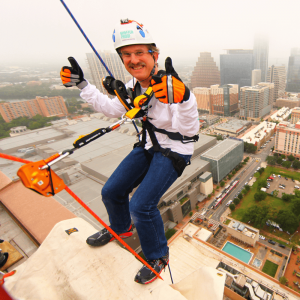Takeaway
With the added stress caused by the pandemic, make an extra effort to screen your patients for anxiety and depression. Empathizing about shared concerns may facilitate patient expression.

Connecting with Patients | September 9, 2020 | 1 min read
By Mike Fingerhood, MD, Johns Hopkins Medicine
We’ve all felt increased stress from COVID-19 as it’s impacted all aspects of life. A recent CDC Morbidity and Mortality Report highlighted the toll that COVID-19 has taken on mental health, including worse mental health outcomes, increased substance use, and elevated suicidal ideation. The report focused on the week of June 24-30, 2020, and reported heightened impact on younger adults, racial/ethnic minorities, essential workers, and unpaid adult caregivers.
Specifically, over 40% of respondents reported at least one adverse mental health condition, with 31% reporting symptoms of an anxiety or depressive disorder, and over 13% having initiated or increased substance use to cope with new life stressors. Especially alarming is that over one quarter of respondents aged 18-24 had seriously considered suicide in the past 30 days.
How to help
As a primary care clinician, I make sure to discuss COVID-19 related stress with every patient during every visit, whether by telemedicine or in person. We discuss daily life and whether there are needs related to social determinants of health, including food and finances. I often share a little bit about the anxiety I also feel related to uncertainty of what life will be like in the future, both short-term and long-term. Validating our own feelings as clinicians builds rapport and also facilitates patient expression, including removing shame that may be related to substance use having become a coping mechanism.
Make an extra effort
This report raises awareness that we should be checking not only on our patients, but also on our co-workers, friends, and neighbors. COVID-19 has contributed to isolation and for vulnerable individuals, isolation can lead to increased risk for overdose and suicide. We must make an extra effort to reach the people who aren’t reaching out, but need help.

